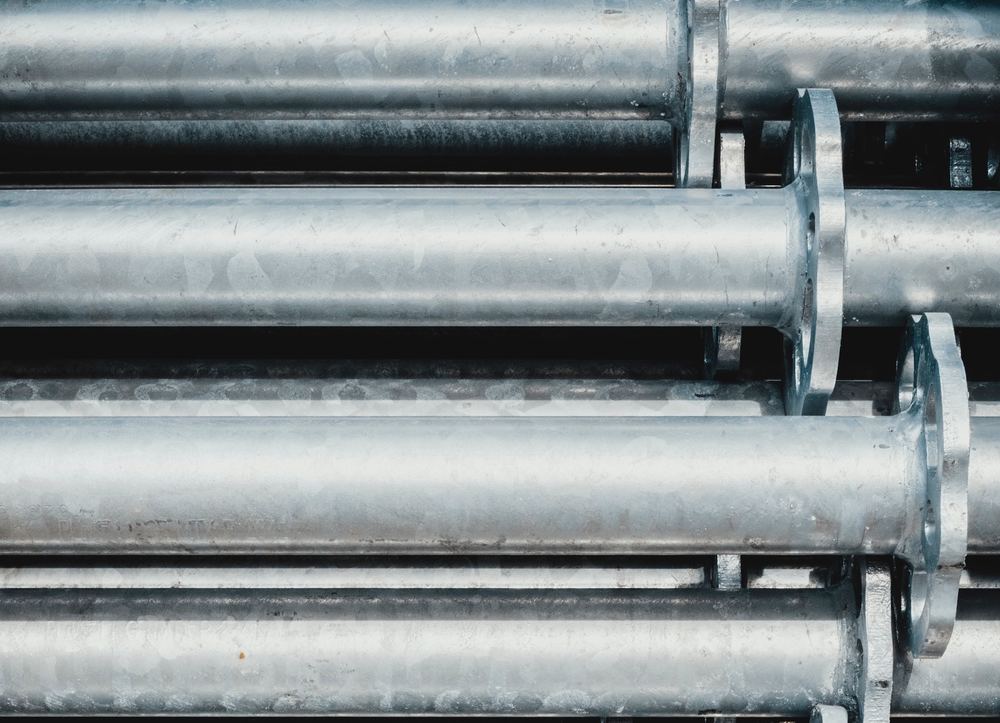Why Are Stainless Steel Castings Magnetic?
While 316 stainless steel is called austenitic in all forms, your stainless steel castings may be slightly magnetic, while wrought stainless steel parts are not.test.

To answer this question, we must first look at the different classifications of stainless steels.
Austenitic vs. Ferritic
The terms “austenitic” and “ferritic” refer to the crystalline structures. Austenitic (300 series) stainless steels, which are the most common, have an austenitic crystalline structure and are softer, ductile, and also nonmagnetic. Ferritic stainless steels, such as 430 and CB-30 grades, are harder, less ductile, and magnetic due to their predominately ferrite makeup.
Although ASTM grade CF8M and AISI 316 are both austenitic stainless steels, AISI 316 is nonmagnetic because it is essentially austenite. Cast 316 or CF8M is slightly magnetic, however, because it is not entirely austenite and contains from 5 – 20 percent ferrite. By reducing or eliminating the quantity of ferrite in the chemical composition, wrought material manufacturers are able to make an alloy that is easier to roll into sheets or bars. Cast material manufacturers do not have the same requirements and therefore, can use a slightly harder alloy that contains ferrite.
Pros and Cons
The advantages presented by the presence of ferrite in CF8M are:
Austenitic vs. Ferritic
The terms “austenitic” and “ferritic” refer to the crystalline structures. Austenitic (300 series) stainless steels, which are the most common, have an austenitic crystalline structure and are softer, ductile, and also nonmagnetic. Ferritic stainless steels, such as 430 and CB-30 grades, are harder, less ductile, and magnetic due to their predominately ferrite makeup.
Although ASTM grade CF8M and AISI 316 are both austenitic stainless steels, AISI 316 is nonmagnetic because it is essentially austenite. Cast 316 or CF8M is slightly magnetic, however, because it is not entirely austenite and contains from 5 – 20 percent ferrite. By reducing or eliminating the quantity of ferrite in the chemical composition, wrought material manufacturers are able to make an alloy that is easier to roll into sheets or bars. Cast material manufacturers do not have the same requirements and therefore, can use a slightly harder alloy that contains ferrite.
Pros and Cons
The advantages presented by the presence of ferrite in CF8M are:
- Higher yield strength – normally 35,000 to 45,000 psi with ferrite as opposed to a low of 20,000 psi with the ferrite eliminated
- Increased resistance to stress corrosion cracking, and cracking during welding or casting
- Less severe consequences of intergranular corrosion – localized corrosion on or along the grain (crystal) boundaries in an alloy – since the chromium carbide formation occurs on discontinuous ferrite/austenite phase boundaries rather than continuous austenite grain boundaries
On the negative side:
- Specialized applications may require only nonmagnetic materials, such as devices using magnetic coupling
- Reduced impact toughness may occur at temperatures below -300 F and rarely after exposure to temperatures above 1000 F
Conclusion
While 316 stainless steel is called austenitic in all forms, your stainless steel castings may be slightly magnetic, while wrought stainless steel parts are not.
